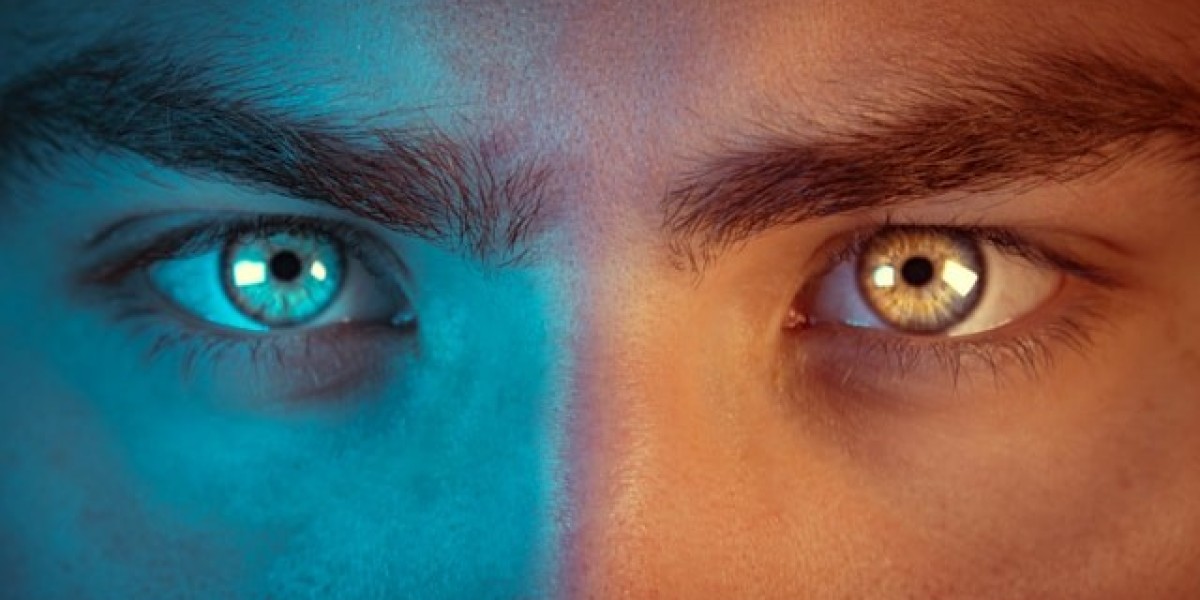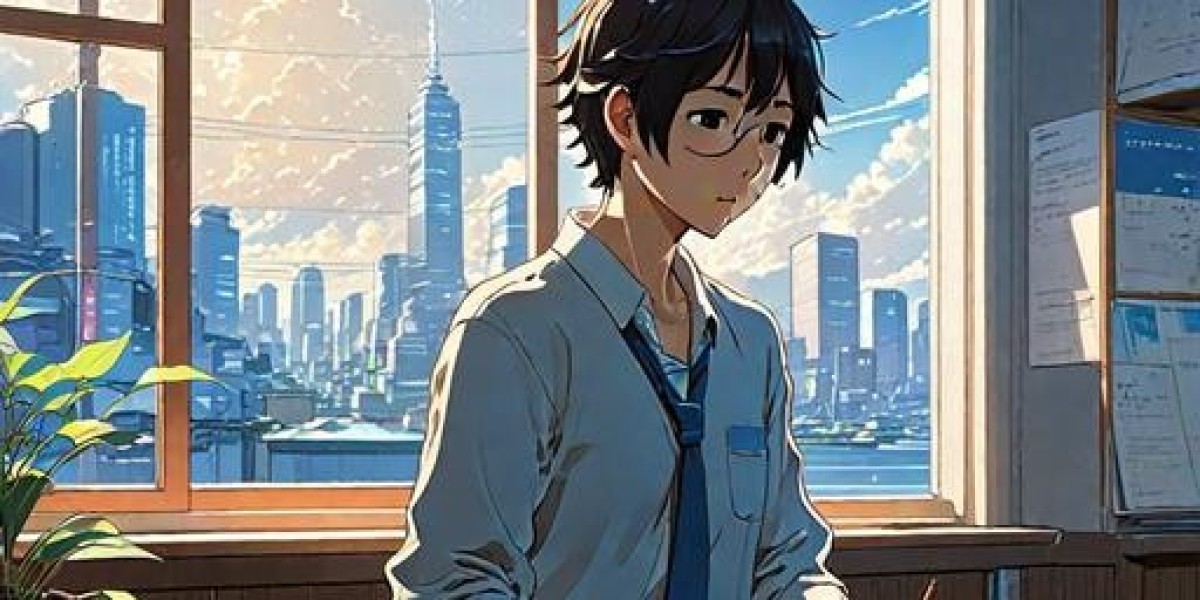1. Master the Art of Layering
Layers are the backbone of digital art. Think of them as transparent sheets stacked on top of each other, allowing you to work on individual elements without affecting the entire piece. By mastering layers, you can experiment freely, make adjustments, and add depth to your artwork. Pro tip: Use layer masks to non-destructively hide or reveal parts of your design.
2. Harness the Power of Brushes
Digital brushes are like magic wands for artists. From textured brushes that mimic traditional media to custom brushes that create unique effects, the possibilities are endless. Experiment with brush settings like opacity, flow, and pressure sensitivity to achieve stunning results. Don’t forget to explore brush packs tailored for digital art to expand your creative arsenal.
3. Play with Lighting and Shadows
Lighting can make or break your digital art. Understanding how light interacts with objects is crucial for creating realistic and dynamic compositions. Use techniques like dodge and burn to highlight and shade areas, or add glow effects to make your artwork pop. Remember, light sources should be consistent throughout your piece for a cohesive look.
4. Explore Color Theory and Palettes
Color is the soul of digital art. A well-chosen palette can evoke emotions and set the mood for your piece. Dive into color theory to understand complementary, analogous, and triadic color schemes. Tools like Adobe Color or Coolors can help you create harmonious palettes. Don’t shy away from experimenting with gradients and color blending for a mesmerizing effect.
5. Master Digital Shading Techniques
Shading adds dimension and realism to your artwork. Techniques like cel shading (flat, cartoonish shading) and soft shading (smooth, gradient-like shading) can drastically change the style of your piece. Use tools like the gradient tool or airbrush to achieve smooth transitions, or experiment with cross-hatching for a more textured look.
6. Incorporate Textures for Depth
Textures can breathe life into your digital art. Whether it’s the roughness of a stone wall or the softness of a cloud, textures add a tactile quality to your work. You can create your own textures or use pre-made ones from digital art resources. Overlay them on your artwork and adjust blending modes for a seamless integration.
7. Experiment with Blending Modes
Blending modes are a game-changer in digital art. They control how layers interact with each other, creating effects like multiply, overlay, and screen. For instance, the multiply mode is perfect for shading, while the overlay mode can enhance contrast and vibrancy. Spend time experimenting with different modes to discover their potential.
8. Create Stunning Backgrounds
A captivating background can elevate your digital art to new heights. Whether it’s a detailed landscape or an abstract design, backgrounds set the stage for your main subject. Use techniques like gradient mapping or motion blur to create depth and movement. Don’t forget to balance your background with the foreground to maintain focus on your subject.
9. Utilize 3D Elements
Why limit yourself to 2D when you can incorporate 3D elements into your digital art? Many software programs, like Blender or Photoshop’s 3D tools, allow you to create and manipulate 3D objects. These elements can add a new dimension to your work, making it more immersive and visually striking.
10. Polish with Post-Processing
The final touch to any digital art piece is post-processing. This includes adjusting brightness, contrast, and saturation, as well as adding filters or effects. Tools like camera raw filters or vignettes can enhance the overall mood of your artwork. Remember, subtlety is key—overdoing post-processing can detract from your piece.
Bonus Tip: Stay Curious and Keep Learning
The world of digital art is constantly evolving, with new tools and techniques emerging every day. Stay curious, follow tutorials, and join online communities to learn from other artists. Platforms like YouTube, ArtStation, and DeviantArt are treasure troves of inspiration and knowledge.
Conclusion: Unleash Your Creativity with Digital Art
Digital art is a limitless playground for creativity. By mastering these 10 mind-blowing techniques, you’ll not only improve your skills but also discover new ways to express your artistic vision. So, grab your stylus, fire up your favorite software, and start creating! The digital canvas is yours to conquer.
Remember, the journey of mastering digital art is as rewarding as the final masterpiece. Keep experimenting, stay inspired, and let your imagination run wild. Happy creating!
Keywords: digital art, digital art techniques, mastering digital art, digital brushes, layering in digital art, shading techniques, blending modes, 3D elements in art, post-processing in digital art.
Meta Description: Discover 10 mind-blowing digital art techniques every artist should master! From layering to blending modes, this guide will help you elevate your digital art skills and create stunning masterpieces.









